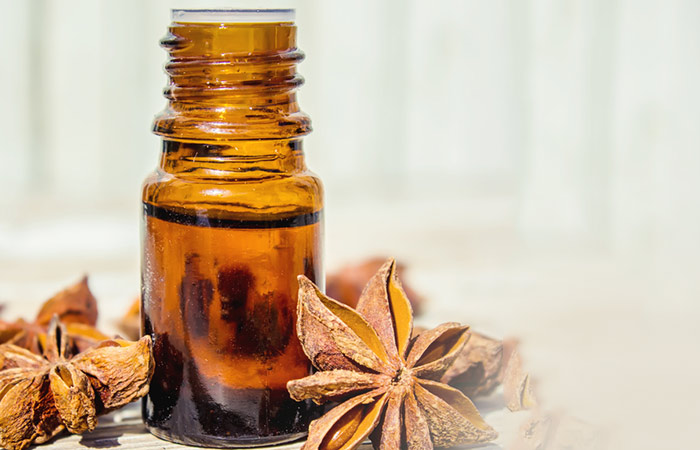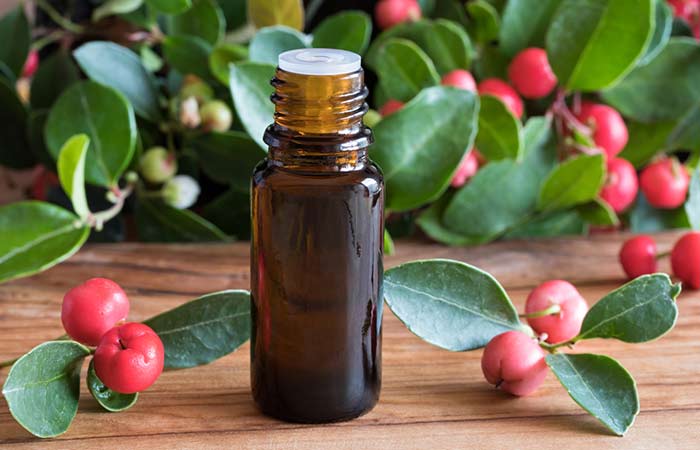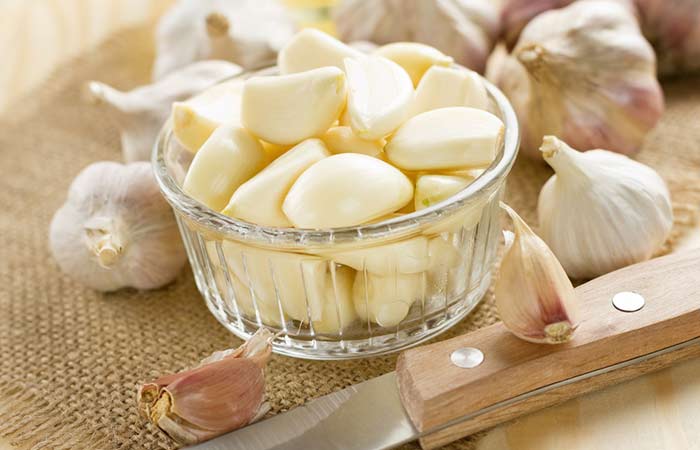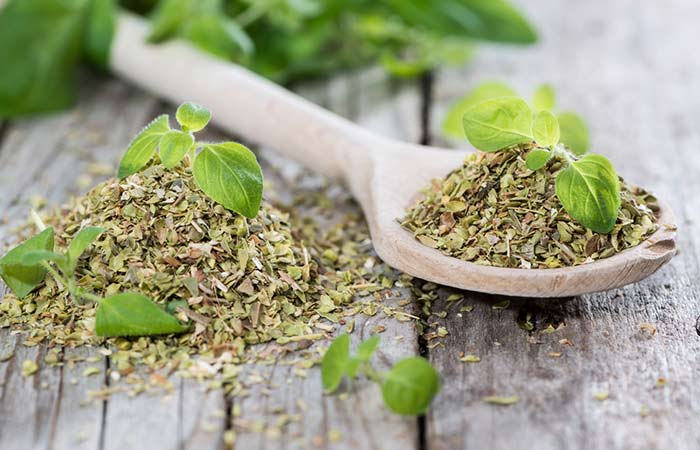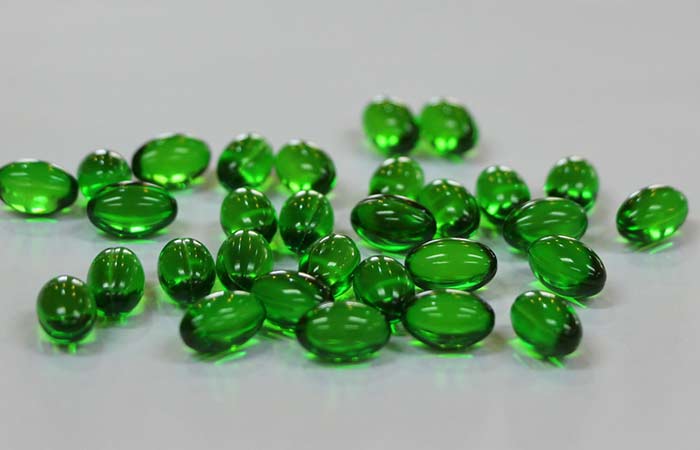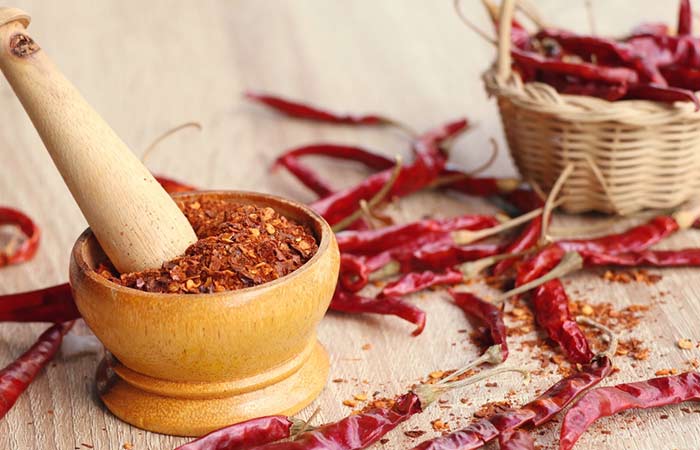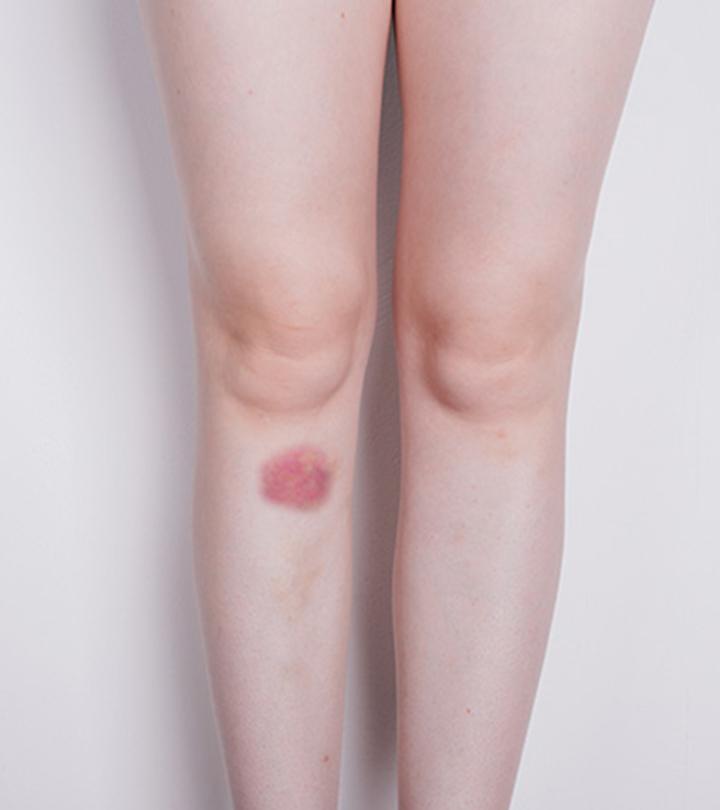
Blood clotting is an essential process that avoids excessive bleeding in the event of a serious injury. But there are times when you develop blood clots in the leg due to lack of mobility and other factors. While in most cases it is not a cause for concern, a blood clot can travel to your heart or lungs, causing serious health complications. That is why getting your blood clots checked out at a hospital is important. In this article, we take a look at some of the causes of blood clots and the treatment options available.
What Is A Blood Clot?
A blood clot is a lump of semi-solid blood that is often seen following an injury. Your blood is made up of cells like platelets and plasma proteins that help in the formation of clots to prevent loss of excess blood from your body. Blood clotting or coagulation is a significant process that is of great help, especially in times of physical trauma. However, blood clots also have the potential to become life-threatening if they are formed in your veins or organs like the heart and lungs (1).
What Causes Blood Clots In The Leg?
As mentioned earlier, in some cases, a blood clot can be formed inside any of your veins. This condition is referred to as deep vein thrombosis (2). Such clots are a common occurrence in the legs. They can also occur in the heart, brain, lungs, or in the pelvic region. Some of the most common causes of a blood clot in the legs are:
- Damage to one of the veins on your leg due to a physical trauma
- Interrupted blood flow
- Hypercoagulability: A condition where your blood is more likely to clot than usual
- Prolonged sitting or immobility
- Surgery: If you underwent surgery recently, you have an increased chance of developing a blood clot.
- Physical trauma to your lower body.
- Weight: If you are overweight or obese, you are at a higher risk of developing blood clots in your legs.
- Medical conditions: Varicose veins, vasculitis, heart attack, respiratory defects, or even a recent conception or childbirth can lead to a blood clot in the vein of your leg.
- Age: Older people are at higher risk of developing blood clots.
- Disseminated Intravascular Coagulation (DIC): This is a medical condition that causes the blood to clot inappropriately due to an infection or organ failure.
All of these factors may contribute to the formation of a blood clot in the leg. A clot can further cause other changes in your body. The appearance of any of the following signs and symptoms in your body is an indication of a blood clot in your leg.
What Are The Signs And Symptoms Of A Blood Clot In The Leg?
The signs and symptoms associated with a blood clot are usually a result of obstructed blood flow and inflammation in the area of the clot. Some of them are as follows.
- Swelling around the area of the clot. If the clot is big, you may notice swelling in your entire leg.
- Subsequent onset of pain in the area of the clot
- Inflammation or redness
- A warmth around the clot
- Increased pain in the leg while trying to bend it
- Leg and calf cramps
- Reddish-blue or whitish discoloration of the skin on the affected area
The intensity of the symptoms may vary from person to person. But irrespective of that, it is highly recommended to treat any clot in the leg as soon as you notice its appearance. The remedies mentioned here can help you in treating the blood clot in your leg naturally.
Home Remedies To Treat A Blood Clot In The Leg
1. Essential Oils
a. Anise Oil
Shutterstock
What You Need
- 2 to 3 drops of anise essential oil
- 1 glass of water
What You Have To Do
- Mix a few drops of anise essential oil in a glass of water and consume immediately.
- Alternatively, you can massage anise oil on the affected leg.
How Often You Should do This
Do this 2 to 3 times daily.
Why This Works
Anise oil is extracted from a flowering plant called anise. It has a variety of medicinal uses and is antiseptic, anti-inflammatory, and a muscle relaxant. Thus, anise oil can be used to reduce pain and improve blood flow to treat the blood clot in your leg (3).
b. Helichrysum Oil
Shutterstock
What You Need
- 5 to 6 drops of helichrysum essential oil
- 30 ml of any carrier oil like coconut or olive oil
What You Have To Do
- Mix the essential oil with the carrier oil.
- Massage this blend into the affected area on your leg.
How Often You Should do This
Do this at least thrice daily.
Why This Works
Helichrysum oil is derived from the medicinal herb, helichrysum. It has many health benefits and is known for its antioxidant and anti-inflammatory properties. It is also a natural blood thinner due to its anticoagulant properties. Thus, helichrysum oil is one of the best options to treat the blood clot in your leg.
c. Wintergreen Oil
Shutterstock
What You Need
- 5 to 6 drops of wintergreen essential oil
- 30 ml of any carrier oil like coconut oil or olive oil
What You Have To Do
- Mix wintergreen essential oil with a carrier oil of your choice.
- Massage this blend on the affected leg.
How Often You Should do This
Do this twice daily.
Why This Works
Wintergreen oil contains a compound called methyl salicylate. Methyl salicylate is well known for its blood thinning properties and anti-inflammatory properties (4). Therefore, wintergreen oil can be helpful in treating the blood clot in your leg.
2. Epsom Salt
Shutterstock
What You Need
- 1 cup of Epsom salt
- Water
What You Have To Do
- Add Epsom salt to your bath water.
- Soak and relax in your bath for 20 to 25 minutes.
How Often You Should do This
Follow this regimen once daily.
Why This Works
Epsom salt is also referred to as magnesium sulfate. It is known to improve blood circulation and prevent hardening of blood clots. It is also anti-inflammatory. These properties of Epsom salt can help in the treatment of the blood clot in your leg (5), (6).
3. Garlic
Shutterstock
What You Need
- 3 to 4 garlic cloves
- 1 cup of hot water
- Honey (optional)
What You Have To Do
- Crush the garlic cloves and add it to a cup of hot water.
- Allow it to steep and consume before it turns cold.
- You can also add honey for flavor.
How Often You Should do This
For best results, drink this tea 3 to 4 times daily.
Why This Works
Garlic is known for its immense health benefits. It contains two organosulfur compounds called allicin and ajoene. These compounds give garlic its anti-thrombotic properties, which can help in treating your blood clot (7), (8), (9).
4. Green Tea
Shutterstock
What You Need
- 1 teaspoon green tea extract
- 1 cup of water
- Honey (optional)
What You Have To Do
- Add green tea extract to a cup of water and bring it to a boil.
- Consume this before it turns cold.
- You can also add honey for flavor.
How Often You Should do This
Drink this tea at least thrice daily.
Why This Works
The antioxidant properties of green tea are no secret. A few studies have found that green tea can also help prevent blood clots. It also exhibits anti-thrombotic properties and can help in treating blood clots (10), (11).
5. Oregano
Shutterstock
What You Need
500 mg supplements of oregano
What You Have To Do
Consume oregano supplements on a daily basis.
How Often You Should do This
Do this at least 4 times daily for optimum results.
Why This Works
Oregano has a number of benefits associated with it. In addition to being a natural antioxidant, it also exhibits antimicrobial and anti-inflammatory properties. Oregano is also found to inhibit platelet aggregation and can hence be used in the treatment of blood clots (12).
6. Vitamin E
Shutterstock
What You Need
400 mg Vitamin E capsules
What You Have To Do
Consume Vitamin E capsules on a daily basis.
How Often You Should do This
You must consume this once daily.
Why This Works
Vitamin E mainly consists of a group of eight fat-soluble vitamins called tocopherols and tocotrienols. Vitamin E is mainly used for its antioxidant and mild anticoagulant properties, which help in the treatment of blood clots (13), (14).
7. Turmeric
Shutterstock
What You Need
- 1 teaspoon turmeric powder
- 1 glass of warm milk
What You Have To Do
Add turmeric to a glass of warm milk and consume immediately.
How Often You Should do This
Do this 1 to 2 times daily.
Why This Works
Turmeric is a natural antioxidant and is used in treating a variety of skin ailments. It contains a compound called curcumin that is responsible for its numerous benefits. Curcumin also displays anticoagulant properties and can, therefore, be used in treating the blood clot in your leg (15), (16), (17), (18).
8. Cayenne Pepper
Shutterstock
What You Need
450 mg cayenne pepper capsules
What You Have To Do
Consume cayenne pepper capsules before your meals.
How Often You Should do This
You must do this at least twice daily.
Why This Works
Cayenne pepper has a high amount of salicylates. These salicylates have powerful blood-thinning effects and can be used to treat the blood clot in your legs (19).
9. Ginger
Shutterstock
What You Need
- 1 inch of peeled ginger
- 1 cup of hot water
- Honey (optional)
What You Have To Do
- Allow the ginger to steep in hot water for 15 minutes.
- Let it cool. Consume this healthy tea immediately.
- You can also add honey for flavor.
How Often You Should do This
You must drink this tea 2 to 3 times a day.
Why This Works
Ginger contains a compound called salicylate. A very popular blood thinner called acetylsalicylic acid is derived from this compound. Thus, ginger can be a potential treatment for blood clots (20), (21), (22).
10. Yoga
Shutterstock
What You Have To Do
Do some yoga asanas such as Uttanasana and Virabhadrasana I.
Uttanasana is a standing forward bend pose and mainly involves bending from your hips. You must continue to descend slowly until you are able to touch your feet. Following this, slowly bring your palm to the back of your ankles and stand in the same position for 30 seconds to 1 minute. For more information about this asana, click here.
Virabhadrasana I requires you to keep your legs about 3 1/2 feet apart. You must then bend one knee and stretch your other leg to the maximum. Stretch your hands above you until you lift your entire ribcage from your pelvis. Hold this position for 30 seconds to 1 minute. For more information about this asana, click here.
How Often You Should do This
Do this every morning.
Why This Works
Yoga is extremely beneficial in keeping your mind and body healthy. The asanas mentioned here will help in stretching your legs and encourage blood circulation. This, in turn, prevents the formation of blood clots in your legs (23), (24), (25).
[ Read: 5 Best Yoga Poses To Get Rid Of Leg Muscle Pain ]
11. Diet
Shutterstock
Including some foods in your diet may help in blood thinning and treating existing blood clots (26), (27). You can follow a diet having the following foods to speed up your recovery.
- Vegetables like broccoli, lettuce, tomatoes, and onions
- Fruit juices like pineapple juice, strawberry juice, cranberry juice, mulberry juice and grape juice
- Nuts such as walnut, almonds, pine nuts, cashews, and pistachios
- Fish such as mackerel, tuna, and salmon
Prevention is always better than cure. Following a healthy diet and making some positive lifestyle changes will reduce the chances of recurrence of the blood clot. You can follow the preventive tips mentioned below along with the remedies to help the blood clot heal faster.
Preventive Tips
- Keep a check on your weight and BMI
- Avoid activities that involve prolonged periods of inactivity
- Get up and walk every couple of hours if you have been sitting or lying down at a stretch
- Elevate your legs every once in a while to promote blood flow
- Exercise
Blood clots in the leg are not very uncommon, and their causes range from injury to the veins and prolonged immobility to medical conditions and being overweight. These clots can make your legs swell and ache, get inflamed, and cramp up. However, home remedies involving wintergreen essential oil, helichrysum oil, ginger, and cayenne pepper can help reduce these clots through their blood-thinning properties. Moreover, natural ingredients like green tea and garlic have anti-thrombotic (anti-blood clotting) properties and work effectively. However, if your condition persists despite using these treatments, consult a doctor immediately.
___
https://www.stylecraze.com/articles/home-remedies-to-get-rid-of-blood-clots-in-leg/

